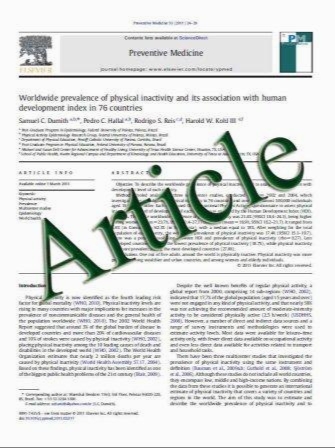Role of Nitric Oxide on Gastroesophageal Motility in Chronic Renal Failure
- نوع فایل : کتاب
- زبان : انگلیسی
- مؤلف : Saeed Abdelwhab & Magdy El-sharkawy & Mostafa Kamel & Hesham Elsayed & Hayam Aref & Waleed Anwar
- چاپ و سال / کشور: 2010
Description
Introduction Upper gastrointestinal discomfort is common in renal failure patients, whether on dialysis or not, leading to malnutrition. Nitric oxide is a known neurotransmitter of the gut and may have a role in the pathogenesis of upper gastrointestinal discomfort. So, we aimed to study the role of nitric oxide in gastroesophageal motility in chronic renal failure patients. Patients and methods The study included 60 patients with chronic renal disease and 20 healthy individuals as a control group. Patients were divided into 3 groups. Group 1: 20 patients with chronic renal failure with creatinine clearance between 20 and 40 ml/min. Group 2: 20 patients with end stage renal disease (creatinine clearance <10 ml/min) just before the start of hemodialysis. Group 3: 20 patients on regular hemodialysis, Group 4: 20 healthy individuals as a control group. For all groups, full history and clinical examination, routine laboratory investigations, creatinine clearance, serum Nitrate levels an index of in vivo nitric oxide generation, esophageal manometry and electrogastrogram were done. Results Serum nitric oxide was significantly higher in patients with chronic renal failure than in healthy controls (P<0.001). Number of cases showing esophageal manometry abnormalities was significantly higher in patients with chronic renal failure than in control group (P<0.001). There was significant association between the manometric based diagnosis and nitric oxide in chronic renal failure patients, so, the highest level of nitric oxide was found in cases of aperistalsis. Number of cases showing abnormal elrctrogastrogram was significantly higher in patients with chronic renal failure than in control group (P<0.007). Significant, weak negative linear correlation was found between nitric oxide and dominant frequency in patient groups, so, nitric oxide level was higher in bradygastric than in tachygastric cases. Conclusion Serum nitric oxide is disturbed in end stage renal disease whether patients are on dialysis or not. The disturbed serum level of nitric oxide is associated with upper gastrointestinal dysmotility, which in turn may affect nutritional status of chronic renal failure patients and hence affects morbidity.
Kidney (2010) 19:300–306 DOI 10.1007/s00596-010-0187-x Published online: 18 November 2010


